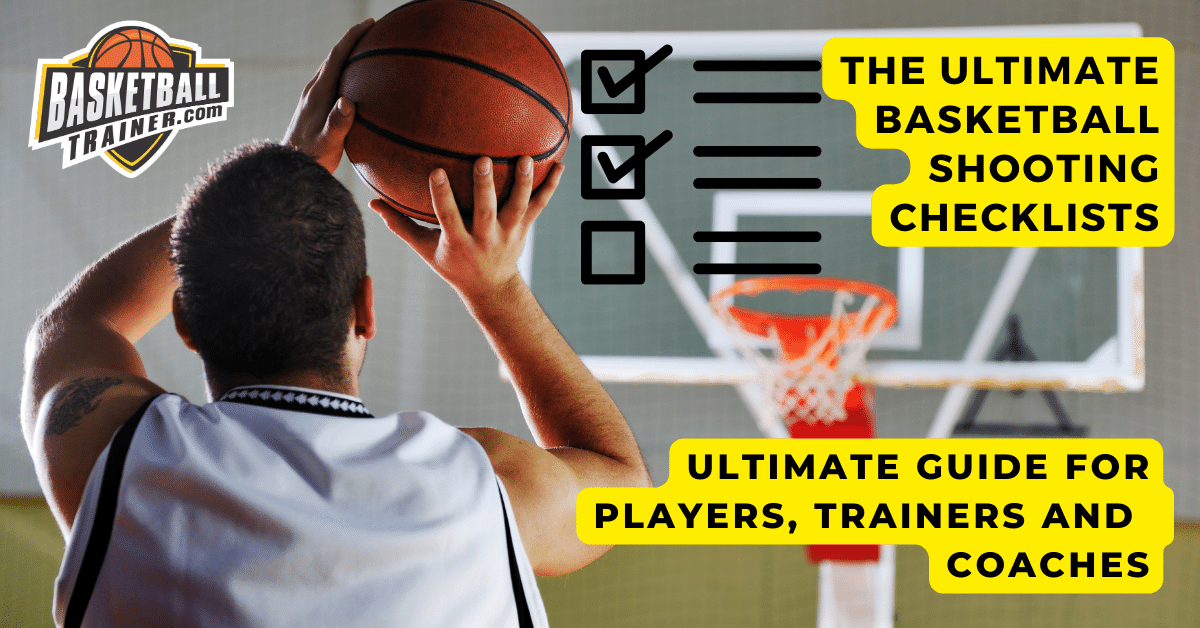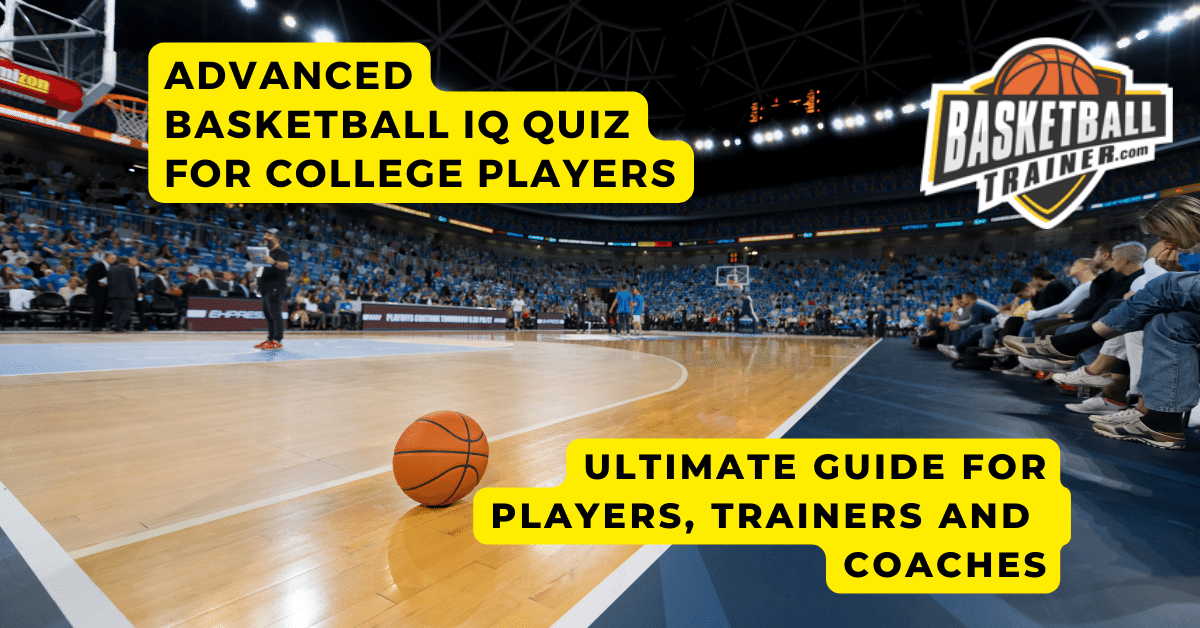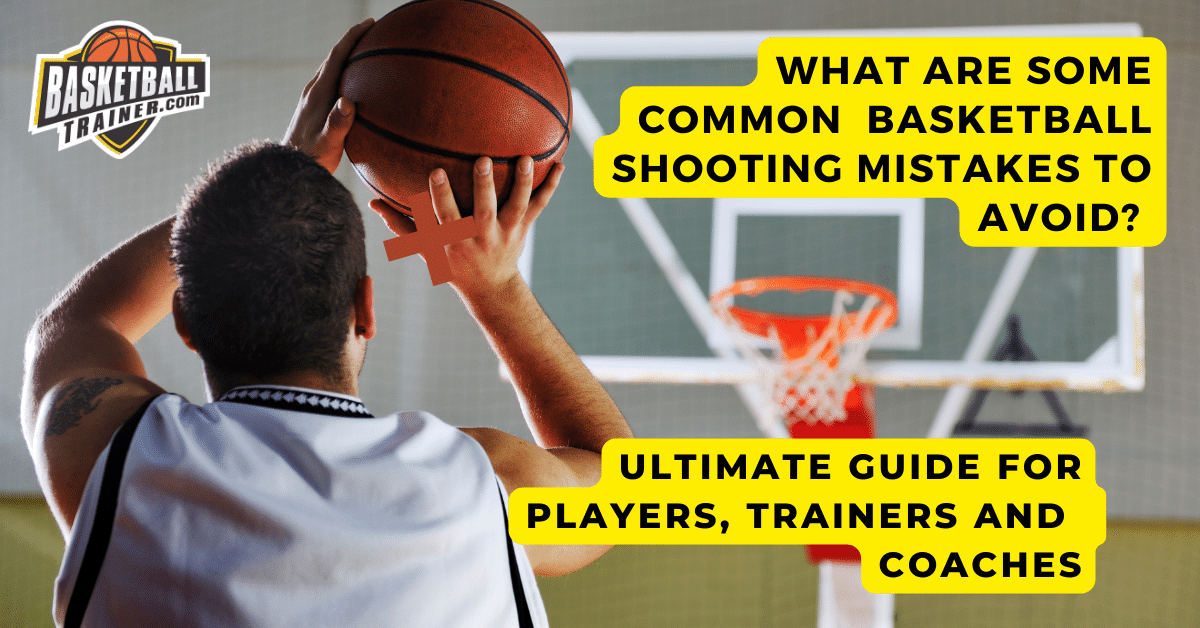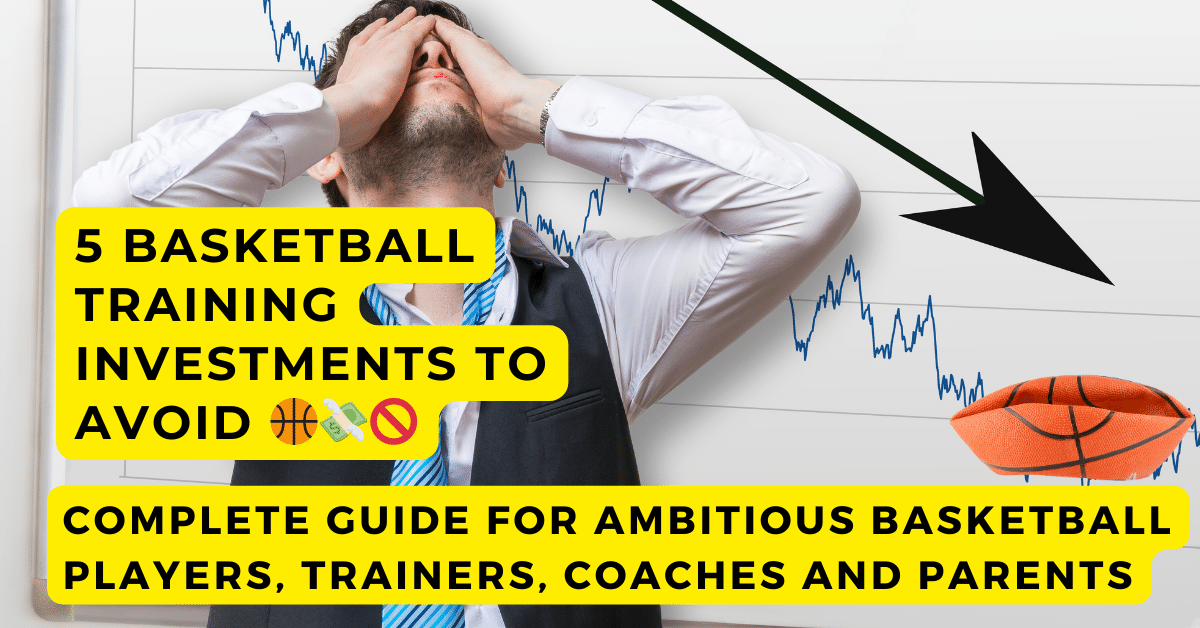Highlight Reel Worksheet: Showcasing Your Skills to College Coaches
Step 1: Set Your Goals
- Objective: Define the purpose of your highlight reel. Is it for recruitment, showcasing skills, or both?
- Target Audience: Identify the specific college coaches or programs you want to impress.
Step 2: Gather Your Footage
- Game Footage: List the games or events from which you’ll extract video clips. Include dates and opponents.
- Practice Clips: Note any practice sessions where you demonstrated exceptional skills.
- Other Footage: Identify any unique or off-court moments that highlight your character or leadership.
Step 3: Select Your Clips
- Review all your footage and select the most impressive plays that align with your goals.
- Prioritize clips that showcase your strengths, such as scoring, defense, teamwork, leadership, and athleticism.
- Aim for a total reel duration of 2-3 minutes to maintain coach’s interest.
Step 4: Clip Timestamps
- Write down the timestamps for each selected clip (e.g., 0:30 – Steal and fast break dunk).
- Include brief descriptions to remind you why you chose each clip.
Step 5: Video Editing Software
- Choose a video editing software you’re comfortable with (e.g., Adobe Premiere Pro, iMovie, or an online editor like Canva).
- If needed, learn the basics of the software or seek help from someone experienced.
Step 6: Editing Your Reel
- Create an introduction: Include your name, position, and graduation year.
- Organize clips logically: Start with your most impressive plays.
- Use transitions: Smoothly transition between clips to maintain the flow.
- Add text overlays: Include your name, jersey number, and any relevant statistics.
- Keep the background music subtle and non-distracting.
- Avoid excessive effects or filters – keep the focus on your skills.
Step 7: Review and Revise
- Watch your reel multiple times and make sure it aligns with your goals and showcases your strengths.
- Seek feedback from coaches, teammates, or mentors.
Step 8: Export and Save
- Export your highlight reel in a common video format (e.g., MP4).
- Save the video file with a clear and professional title (e.g., “JohnSmith_HighlightReel2023.mp4”).
Step 9: Upload and Share
- Upload your highlight reel to a platform accessible to coaches, such as YouTube or Vimeo.
- Ensure privacy settings are adjusted so that coaches can view the video.
- Share the video link in your emails or messages to college coaches.
Step 10: Monitor Responses and Follow Up
- Keep track of coach responses and interactions.
- Follow up with personalized messages expressing your interest and gratitude for their time.
By following this Highlight Reel Worksheet, you’ll be able to create an impactful highlight reel that effectively showcases your basketball skills and impresses college coaches during the recruiting process.























